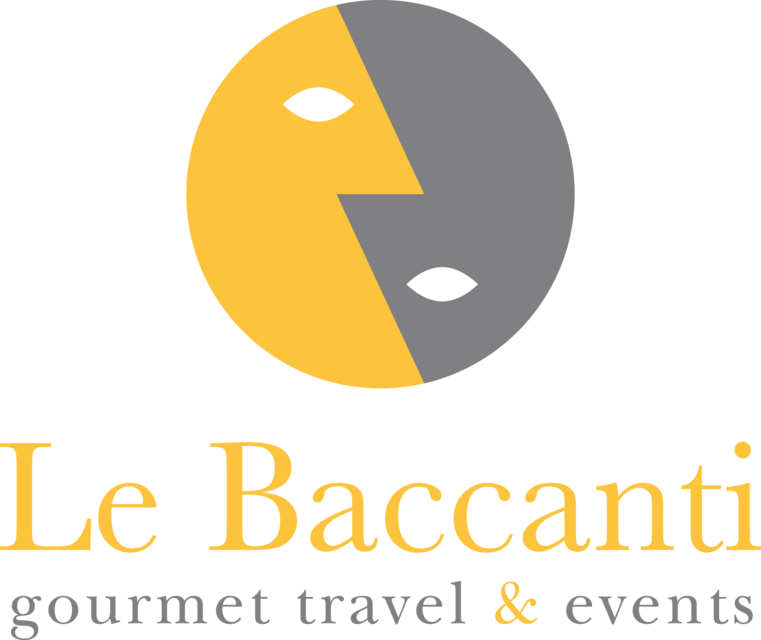This yeareuros thoughts on Friulian oenoculture demand a brief foreword. For the past five years, the Enoteca Regionale La Serenissima in Gradisca had welcomed us with great hospitality and supported our endeavours with efficiency and courtesy. This year we found it closed euroeuro we doneurot know why this should be, nor what the future may hold, but we hereby express our gratitude for the help and friendship received in the past. On to our latest evaluations. This is the year of fare-thee-well to the Tocai, which henceforth will be called Friulano, both in general parlance and on the labels. It is also the year of more Friulian Whites derived from Malvasia grapes than ever before, so that Malvasia confirms a Friulian character that needneurot fear comparison with established autochthonous grapes. We see Malvasia flourish in the eurorockyeuro version from Carso (the most inspired producers: Zidarich, Skerk and Kante) and in the Collio Goriziano (most inspired: Raccaro, plus the historical names from the Pradis hills: Princic, Caccese and Picech). Reds proved less brilliant than in the past. Only the Schioppettino offered versions above ho-hum levels, establishing itself as enjoyable, strong in its choice of grapes (yet another excellent Sacrisassi) and intriguing nelleuroaffinamento di pi lunga gittata (as witness the old vintages from Ronchi di Cialla and Dorigo). Moreover, we were bemused by the comings and goings of Friulian wines in their experimentation with the macerazioni of the Whites. Here local varieties like Ribolla, Malvasia and Vitovska are not rarely brought to market after anywhere between two and four years after harvest. This causes warps and wefts among innovations and archaic ways, or, seen another way, among the expressive potentials of the various terroirs against the personalities and styles of individual vintners. Weeurove often enough maintained that these vinifications can sweep away colour, fruitiness, flavour and even tannins, with the loss of the domesticated floral freshness that is the hallmark of nearly all Whites on todayeuros markets. Well. One feels that such radical upheavals in vineyard and cellar bring a deep and by now ineluctable need for the truth. From Espresso Wine Guide 2008




